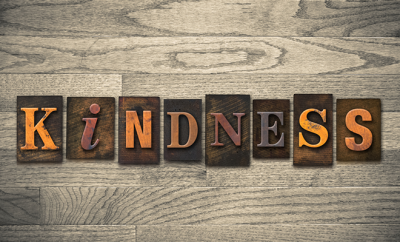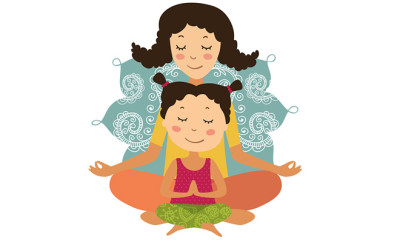
Everyday Mindfulness
“If you let cloudy water settle, it will become clear. If you let your upset mind settle, your course will also become clear.“
From Buddha’s Little Instruction Book (Kornfield: Bantum Books, 1994).
Mindfulness is a form of self-awareness training adapted from Buddhist mindfulness meditation.
It has been adapted for use in treatment of depression, especially preventing relapse and for assisting with mood regulation (references available on a separate page). It has been described as a state of being in the present, accepting things for what they are, i.e. nonjudgementally. It was originally developed to assist with mood regulation and relapse prevention in depression and has been found to have considerable health benefits.
These exercises are designed to introduce the principles.
Some Mindfulness Techniques to Practise
One Minute Exercise:
- Sit in front of a clock or watch that you can use to time the passing of one minute. Your task is to focus your entire attention on your breathing, and nothing else, for the minute. Have a go – do it now.
Mindful Eating:
- This involves sitting down at a table and eating a meal without engaging in any other activities – no newspaper, book, TV, radio, music, or talking.
- Now eat your meal paying full attention to which piece of food you select to eat, how it looks, how it smells, how you cut the food, the muscles you use to raise it to your mouth, the texture and taste of the food as you chew it slowly.
- You may be amazed at how different food tastes when eaten in this way and how filling a meal can be. It is also very good for the digestion.
Mindful Walking:
- Here the same principle, while walking you concentrate on the feel of the ground under your feet, your breathing while walking. Just observe what is around you as you walk, staying IN THE PRESENT. Let your other thoughts go, just look at the sky, the view, the other walkers; feel the wind, the temperature on your skin; enjoy the moment.
Adapted from those in Elliston, P. Mindfulness in medicine and everyday life. British Medical Journal, Career Focus, 17th November 2001.
De-stressing Exercise:
- Bring yourself into the present by deliberately adopting an erect and dignified posture.
- Then ask yourself: “What is going on with me at the moment?”
- You simply allow yourself to observe whatever happens. Label any thoughts that you have and then leave them alone….just be prepared to let them float away. Attend to your breathing or simply take in your surroundings instead.
- Besides thoughts, there may be sounds you hear, bodily sensations that you are aware of. If you find yourself constantly elaborating on thoughts, rather than labelling them and returning to the neutral, remember to observe your breathing.
- When emotions or memories of painful events occur, don’t allow yourself to become caught up by them.
- Give them short labels such as “that’s a sad feeling”, “that’s an angry feeling” and then just allow them to drift or float away. These memories and feelings will gradually decrease in intensity and frequency.
- More importantly, you will begin to identify yourself as an objective observer or witness rather than a person who is disturbed by these thoughts and feelings. This requires practise but can then be used when ever you are stressed.
Associated Breathing Exercise:
- Stay with any distressing thoughts for a few moments, then as you let them float away, you gently redirect your full attention to your breathing.
- Pay attention to each breath in and out as they follow rhythmically one after the other. This will ground you in the present and help you to move into a state of awareness and stillness.
GP Notes: Mindfulness in Everyday Life
Mindfulness is a form of self-awareness training adapted from mindfulness meditation. Mindfulness is about being aware of what is happening in the present on a moment by moment basis, while not making judgements about whether we like or don’t like what we find.
We all have the capacity to be mindful. It simply involves cultivating our ability to pay attention in the present moment and allows us to disengage from mental “clutter” and to have a clear mind. It makes it possible for us to respond rather than react to situations, thus improving our decision-making and potential for physical and mental relaxation.
It is not simply a relaxation technique or ‘power of positive thinking’. The technique is based on Buddhist meditation principles but was described by Teasdale and Beck for use in treatment of depression and then used by Linehan as a core skill in her cognitive behavioural therapy for Borderline Personality Disorder. Linehan (1993) describes three “what” skills: observing (simply attending to events and emotions), describing (applying labels to behaviours, emotions and situations) and participating (entering into current activities) and three “how” skills: taking a ‘no judgemental’ stance, focusing on one thing in the moment and being effective (doing what is needed rather than worrying about what is right or second guessing the situation). These are all included in the ‘de-stressing’ exercise.
It takes practice and daily sessions can be entered on the mood chart (also available at the Black Dog Institute website www.blackdoginstitute.org.au/factsheets). There are many excellent texts for the general public.
First published at BlackDogInstitute.org.







